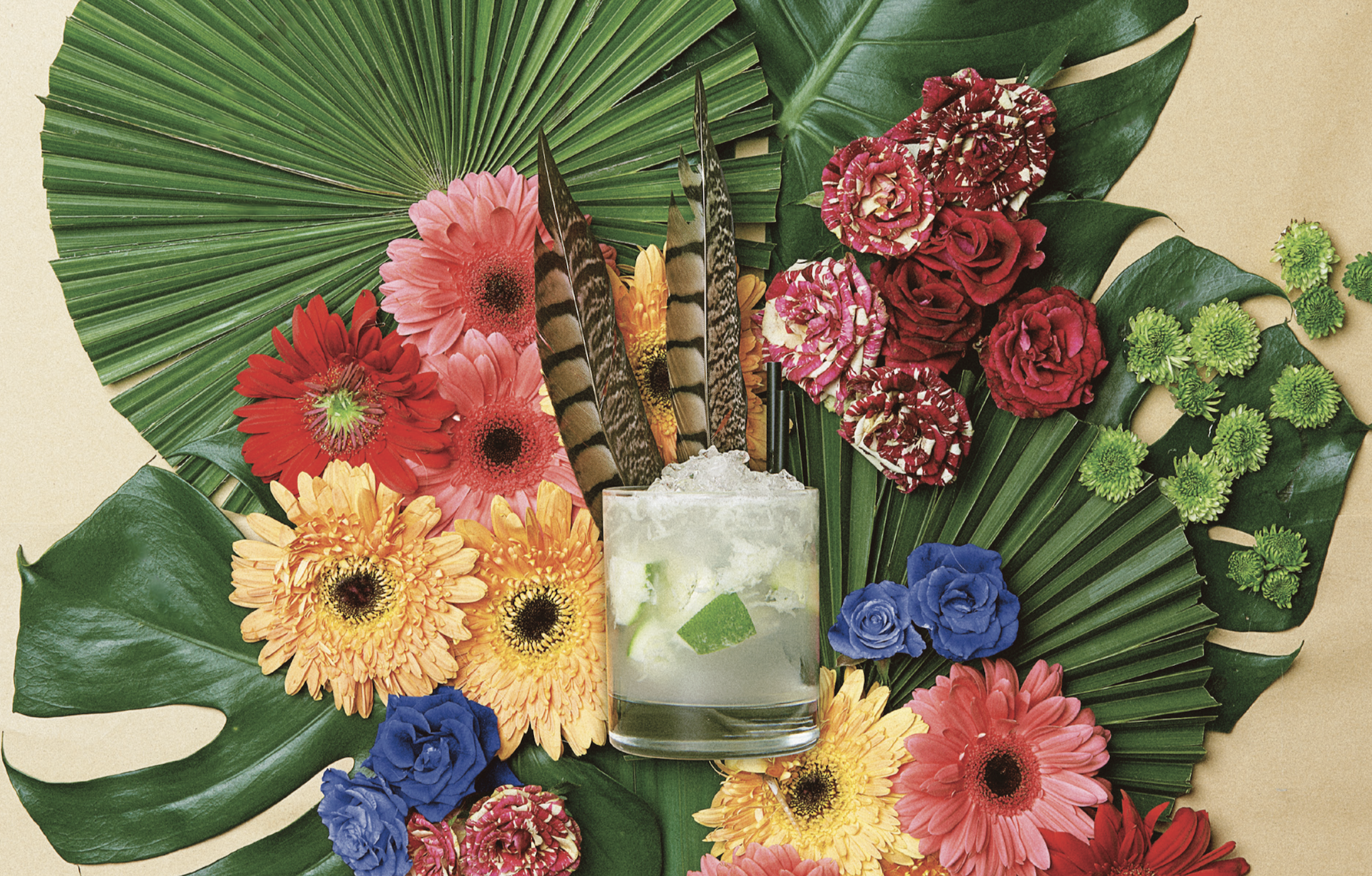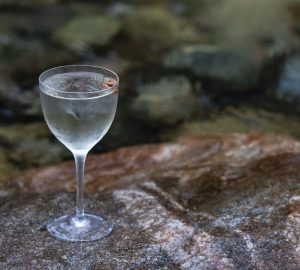Brazil’s national cocktail is likely the most popular mixed drink in the world, reckons Seamus Harris
Nowhere does hedonistic escapism like Brazil. Consider its carnival, with forests of bronzed flesh dancing to the rhythms of samba, toned and voluptuous in that body-conscious Brazilian way. Of course, if dancing is not your thing, there is always the sublime football. Or simply spend a lazy afternoon on Copacabana Beach, bossa nova caressing your ears as you gaze across Sugar Loaf Mountain. The final sweetener? A Caipirinha in hand to wash that silly grin away.
Brazil has seduced many a foreigner. King Pedro IV of Portugal sacrificed his kingdom for life in paradise in the early 19th century. Pedro’s father, King John VI, had relocated the royal court from Lisbon to Rio de Janeiro to dodge Napoleon’s armies. The plan was to return home and restore monarchical services the moment some other country repaired Europe’s ruptured social fabric. But with Bonaparte safely imprisoned on Saint Helena, young Pedro refused to go home. Renouncing his claims to the Kingdom of Portugal, he declared Brazilian independence – with himself as emperor – in 1821. If only we all got to end our tropical holidays like this. In a story of sacrifice from the opposite end of the social spectrum, in the 1960s British train robber Ronnie Biggs – one of the UK’s most high profile fugitives – gave up his beloved Arsenal, plus his wife and family, to settle in Rio with a Brazilian nymphet less than half his age.
Of course, escaping to Rio is less easy than it was – extradition treaties, republicanism and a myriad of other pesky details. So we are lucky Brazil is increasingly coming to us. There is no better window on Brazil than a Caipirinha, and the cane spirit sour has become a fixture around the world. Many bars cheat by offering a Caipiroska (based on vodka), but the growing range of cachaças available in Asia makes the genuine article easier than ever to find.
Often compared to the Mojito, the Caipirinha is more a rustic, relaxed cousin to the Daiquiri
The Caipirinha is often compared to the Mojito, but I think of it more as a rustic and relaxed cousin to the Daiquiri. Where a Daiquiri needs special equipment like a cocktail shaker and lime juicer, a Caipirinha can be thrown together in any kitchen. Simple does not mean unsophisticated. If anything a Caipirinha is more flavoursome than a Daiquiri. Some extra flavour comes from the preparation, which uses not only lime juice (as in a Daiquiri) but also the bitter oils from the skin. The cachaça is also key. Distilled in Brazil from fermented sugar cane juice, and typically to low proof, cachaça has pungent and herbaceous flavours not found in most rums. While cachaça can resemble rhum agricole, you might also find a faintly salty edge, or subtle sweet notes lent by ageing in tropical hard woods unique to Brazil. Expect rough drinking from the cheapest brands (these are mixers at best), but leisured sipping on the good stuff should release a samba school of flavours across your tongue.
Back in the 1930s, Austrian writer Stefan Zweig described Brazil as the land of the future, brimming with unrealised potential. Through the 20th century nothing much changed, as the potential remained just that. But now, as we toast the success of the Caipirinha, could Brazil’s moment have finally arrived?
Recipe (Click to view)
The Caipirinha
A brazilian love affair
16th Century: Portugal establishes a large-scale sugar industry in its Brazilian colony from the 1530s, nearly a century before the Caribbean gets serious about sugar. Excess sugar cane naturally finds its way into distiller’s pots, and cachaça is thus much older than rum. The earliest reference to “aguardente de cana” occurs in 1533, and in 1552 Governor Tome de Souza of Bahia observed that slaves became more productive when allowed to drink “cachaco”. By the 1630s Portugal is trying to control the cachaça trade. One law, destined to be flouted, restricts cachaça consumption to slaves. Sugar becomes to Portuguese Brazil what silver was to Spanish Peru, or tobacco to English Virginia – its economic lifeblood. Today Brazil remains the world’s leading producer of both sugar, and sugar-cane spirits. For every bottle of rum in the world, there are two bottles of cachaça.
19th Century: A lack of ice in the tropics leaves Brazilians waiting hundreds of years to enjoy the Caipirinha. From the earliest days of the colony cachaça is mixed with sugar and lime. But many of these early cachaça mixtures were probably medicinal, and dubious additions like garlic were common. Things start to look up in 1834, when Frederic Tudor, father of America’s export ice industry, sends a shipment of Wenham Lake ice from Massachusetts to Rio de Janeiro. Wenham Lake ice was famous worldwide for its coldness and purity, and a regular ice trade soon makes cold drinks available in the largest Brazilian cities. However, only with the emergence of commercial refrigeration technology in the later 19th century do iced Caipirinhas become an everyday possibility. Nobody seems certain when the name Caipirinha itself first appears, but it derives from “caipira”, a mildly pejorative term for a “country bumpkin”.
20th Century: As the Caipirinha becomes the preferred way to enjoy cachaça in Brazil it arguably becomes the most popular cocktail in the world. Few cocktails enjoy the grip on their base spirit that the Caipirinha has on cachaça. Most of Brazil’s cachaça (the locals like to call it “pinga”) disappears into Caipirinhas, and Brazilians get through an awful lot of the stuff – roughly 1.5 billion litres a year. Cachaça is the fourth most consumed spirit in the world today after baijiu, vodka and shoju. Yet just 1 per cent of Brazil’s cachaça is exported.
21st Century: The Caipirinha becomes Brazil’s unofficial ambassador to the world. This helps drive an explosion in the popularity of cachaça, which starts to be exported in significant quantities. This Brazilian trend is linked to growing interest in cocktails, particularly those with fresh or exotic ingredients. In 2012, regulators in the United States agree to alter regulations so cachaça distilleries can label their product as a distinct spirit from Brazil rather than a sub-category of rum. Variations of the Caipirinha also become popular. The Caipiroska is the most common, but why substitute boring vodka for flavoursome cachaça? Other variations involve muddling different fruits into the drink. This is more promising, particularly with passion fruit, but arguably you end up with a Batida – Brazil’s other national drink. Given the Caipirinha is a fairly new arrival, I wonder if bartenders should not leave it unadulterated at least until it settles in. That said, creative mixologists like New York’s Naren Young have spotted an affinity between cachaça and sweet white wine. The Caipirinha de Uva, served at Bobo Restaurant in New York, augments a traditional Caipirinha with muddled grapes and a dash of vino. It makes me wonder how a splash of white port would work, if just as a tribute to a Portuguese king who fell in love with the tropics.








